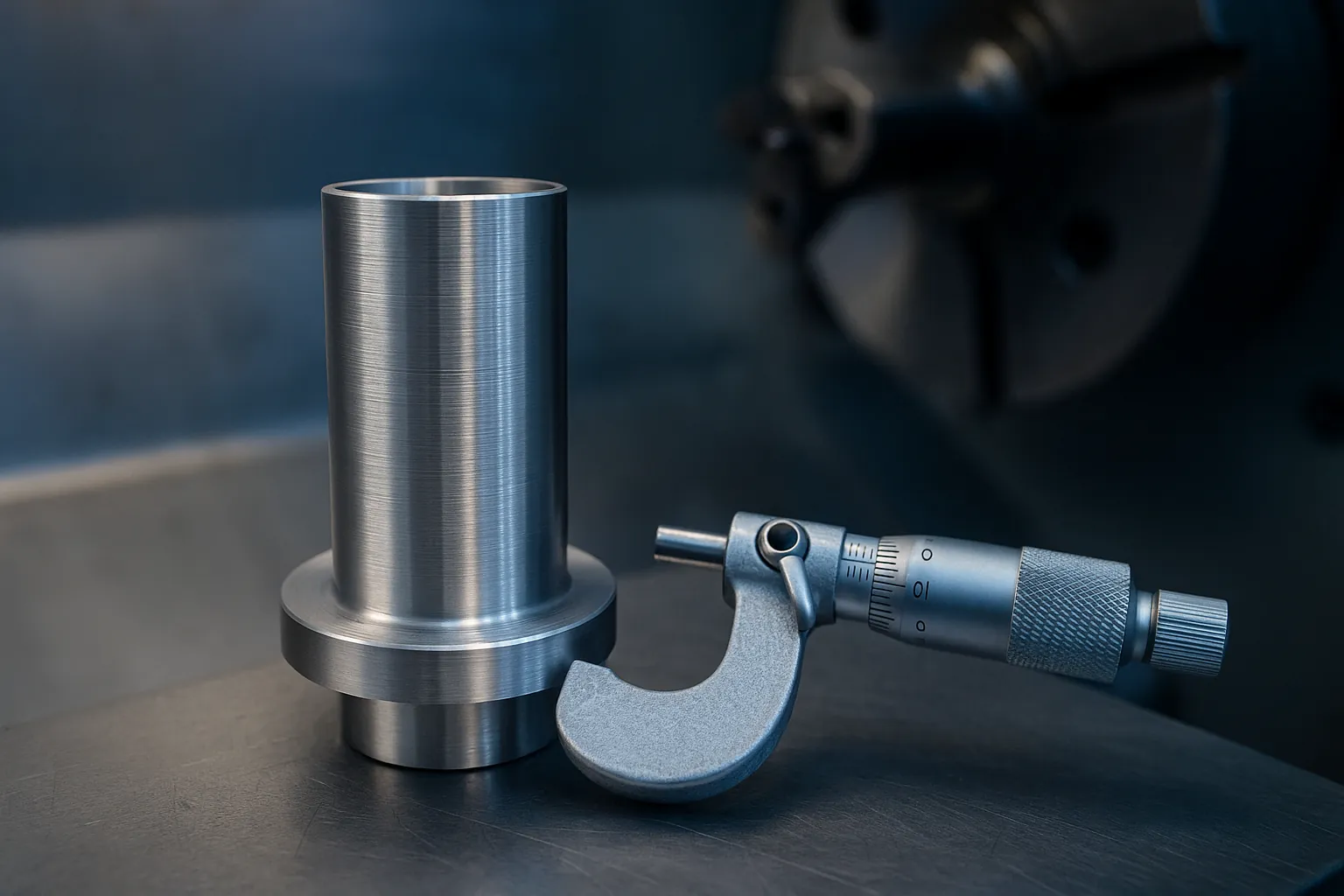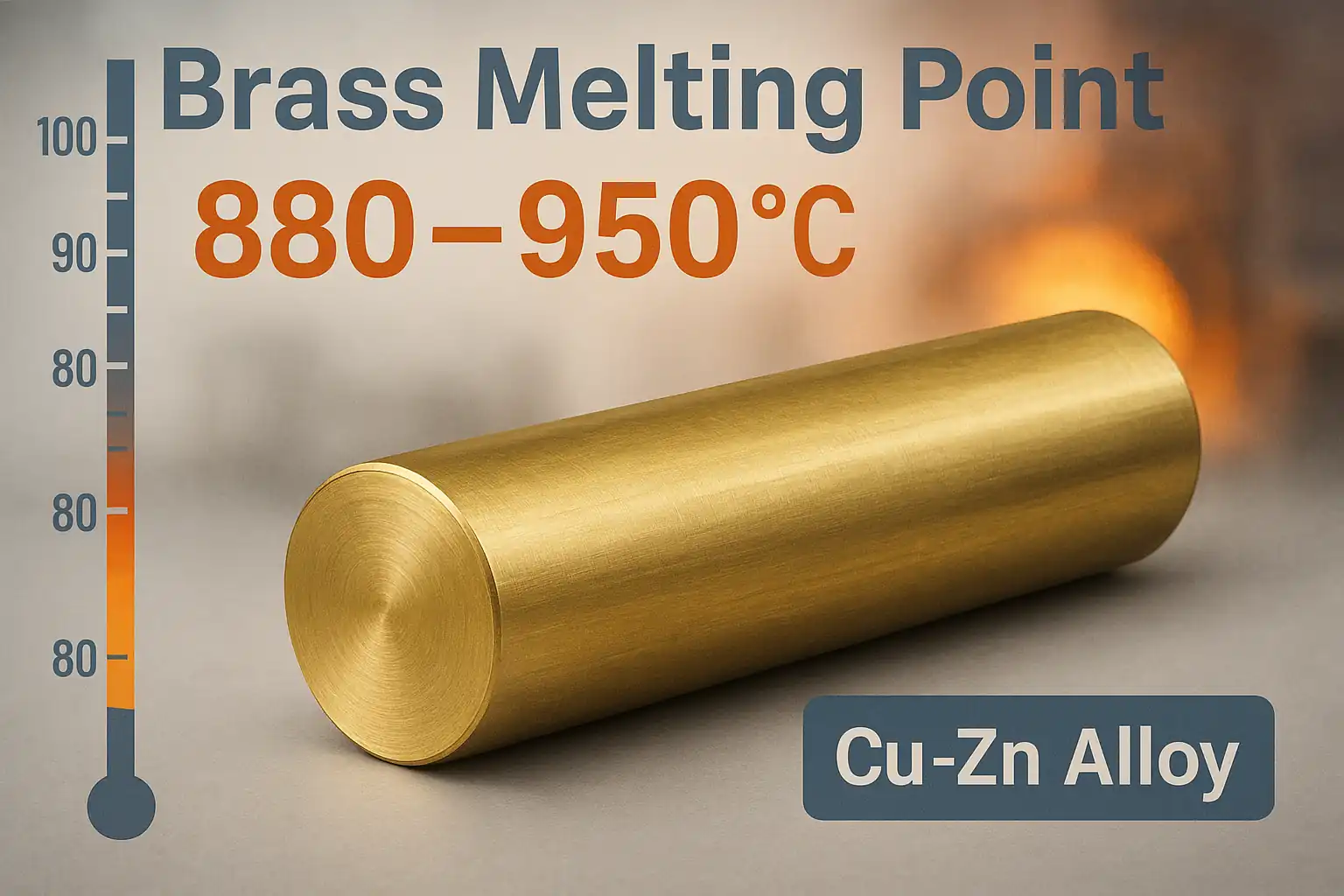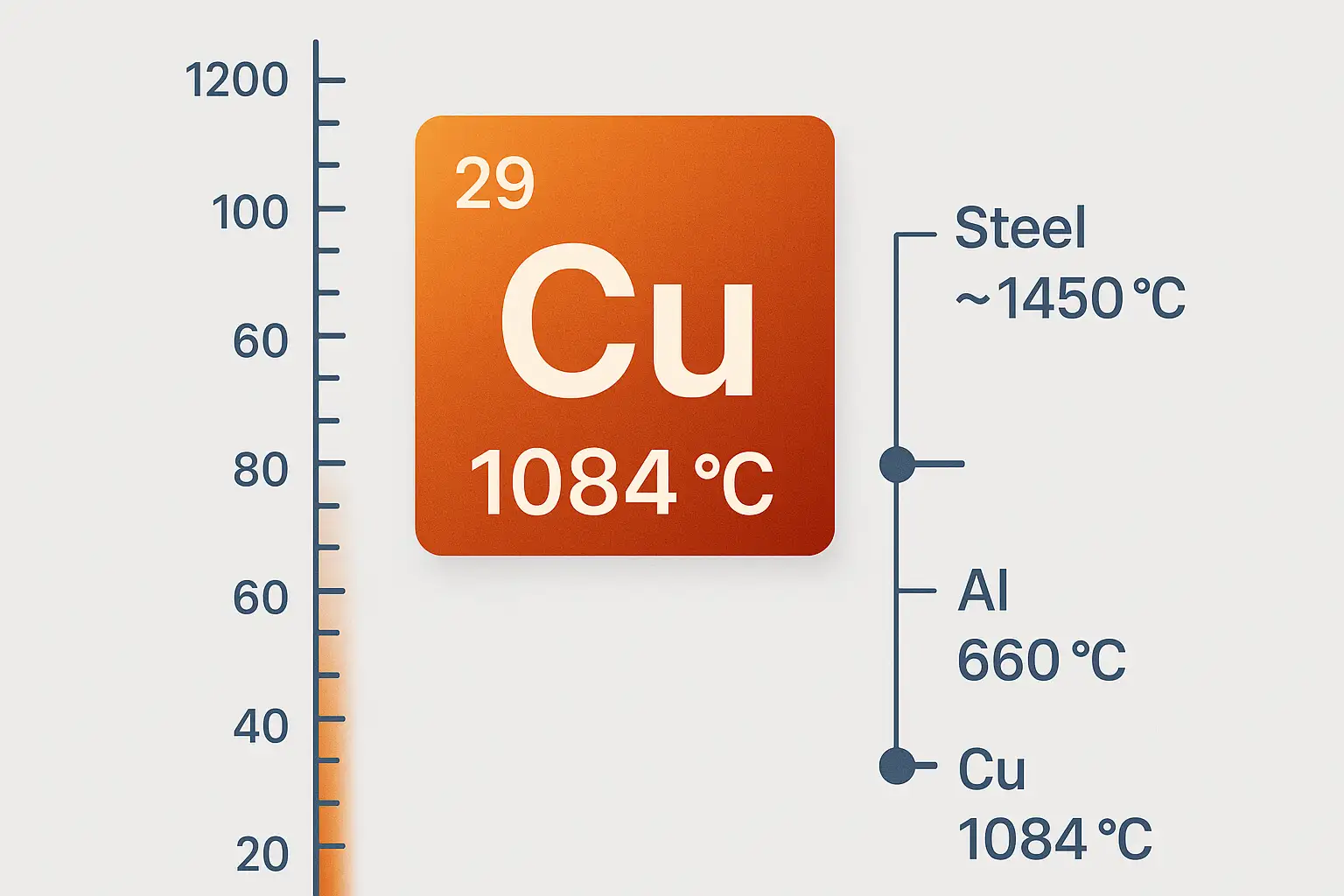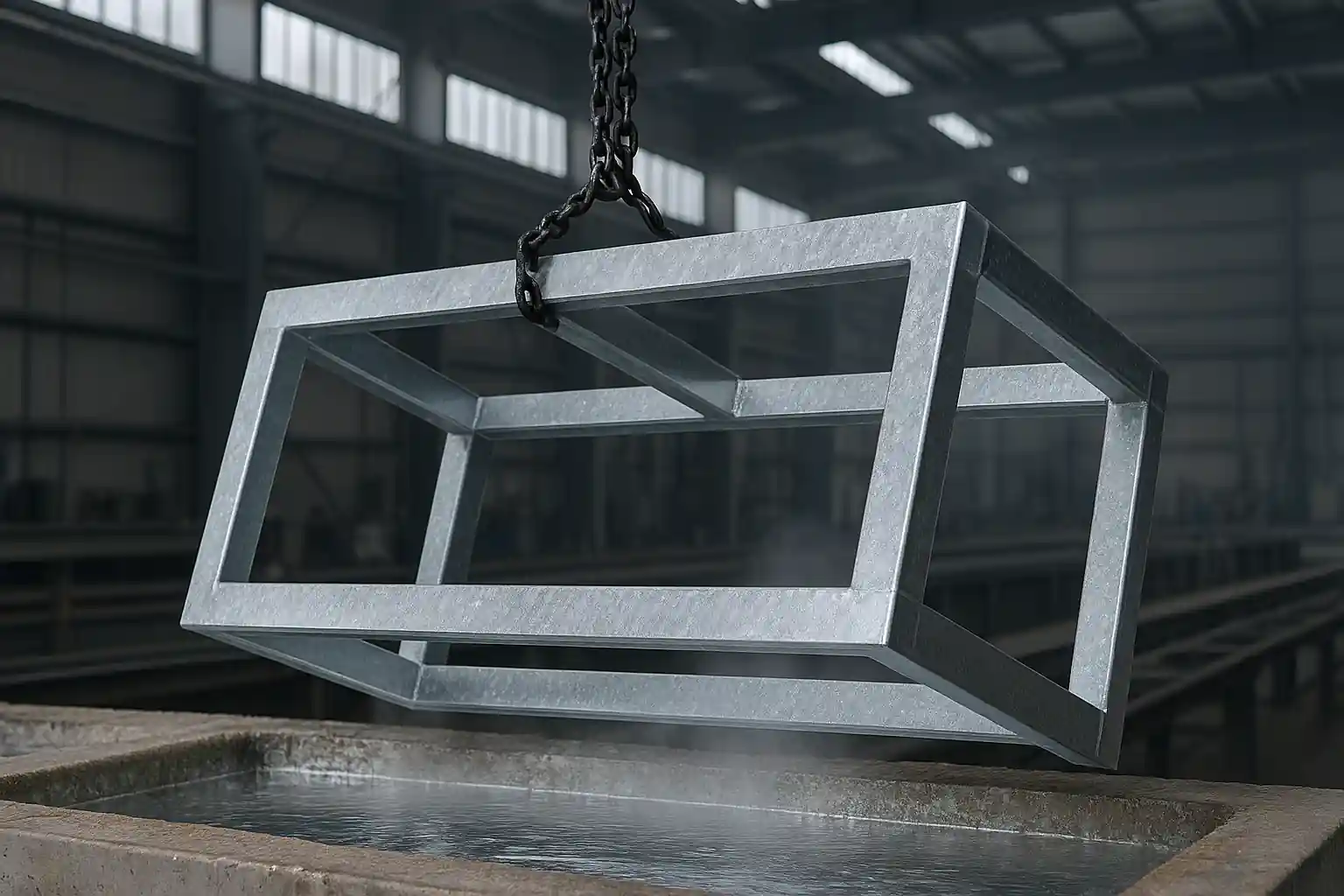How Accurate is CNC Turning? A Seasoned Machinist’s Guide
As a CNC machining expert with years of experience, I know that “accuracy” is the core standard for measuring a project’s success. When clients ask me, “How accurate can CNC turning be?”, my answer is always: “It depends on many factors, but in theory, it can be extremely precise.” In this article, I will take you on a deep dive into the true accuracy achievable with CNC turning and share my practical experience on how to achieve the highest precision in your projects.
1. What is CNC Turning Accuracy? Going Beyond Just Tolerances
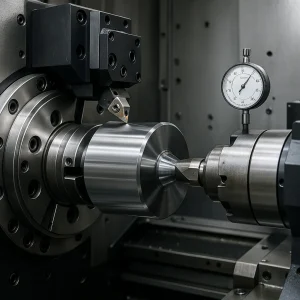
Before we dive into specific values, we must first clarify the concept of “accuracy.” It refers to more than just a part’s dimensional tolerance; it also includes:
- Dimensional Accuracy: The deviation of the part’s actual dimensions from the design specifications. This is the most common measure of accuracy.
- Repeatability: The machine’s ability to consistently return to the same position after multiple movements. This is a crucial metric that directly affects the consistency of batch production.
- Surface Finish: The smoothness and roughness of the part’s surface. It is measured by parameters like Ra (arithmetic mean roughness) and affects the part’s function and appearance.
- Geometric Accuracy: The degree to which the part’s shape, concentricity, roundness, runout, and other geometric features match the design requirements.
2. Key Factors Affecting CNC Turning Accuracy: Insights from My Experience
In my years of work, I’ve identified the main factors that influence CNC turning accuracy. They work together like a team—if one link fails, the final result will be affected.

- The Machine Itself (Hardware Factors)
- Machine Rigidity: The sturdier the machine’s bed, spindle, and turret, the less vibration and deformation it will produce during cutting, leading to higher accuracy.
- Thermal Stability: Machines generate heat during prolonged operation, causing components to expand and contract, which affects accuracy. High-performance machines typically have better thermal management systems.
- Spindle Accuracy: The spindle’s runout and rotational stability directly determine the turning’s roundness and surface finish.
- Tools and Fixtures (Tooling Factors)
- Tool Wear: Cutting tools gradually wear down during the process, leading to changes in cutting forces and dimensional drift. Regular inspection and replacement of tools are essential.
- Tool Overhang: The longer the tool extends from the turret, the lower its rigidity, making it more prone to vibration and deflection, which impacts accuracy. From my experience, it’s best to use the shortest possible overhang.
- Clamping Force: The workpiece must be held securely. Insufficient clamping can cause the workpiece to move during cutting, while excessive force can lead to part deformation.
- Materials and Cutting Parameters (Process Factors)
- Material Properties: Different materials have different hardness, strength, and thermal conductivity, all of which affect the cutting process. For example, machining stainless steel is more challenging than machining aluminium alloy.
- Cutting Parameters: Cutting speed, feed rate, and depth of cut are key to balancing efficiency and precision. Generally, to achieve high accuracy, we use a shallower depth of cut and a lower feed rate.
- Programming and Environment (Software and Environmental Factors)
- CNC Program: A good program takes all the above factors into account and uses strategies like compensation and multi-pass finishing to ensure accuracy.
- Ambient Temperature: A constant workshop temperature helps reduce the effects of thermal expansion on the machine and workpiece.
3. Achievable Accuracy Range: A Practical Reference
Under ideal conditions, a high-precision CNC lathe can achieve very tight tolerances. Below is a reference range based on my experience with common materials and standard machines (using ISO 2768-1 as an example):
| Accuracy Level | Typical Applications | Dimensional Tolerance (mm) |
| Fine | Aerospace, medical devices, precision instruments | ±0.01 ~ ±0.02 |
| Medium | Automotive parts, general machinery components | ±0.05 ~ ±0.1 |
| Coarse | Structural parts, non-precision components | ±0.2 ~ ±0.5 |
Export to Sheets
It’s important to note that these values are just a reference. In my projects, by choosing high-rigidity machines, using high-precision tools, and optimizing cutting parameters, I have successfully controlled the dimensional tolerance of some complex parts to within ±0.005mm. But remember, pursuing higher accuracy usually means higher costs and longer machining times.
4. Case Study: How Accuracy Impacts Projects
- Case 1: Medical Device Bearing
- Project Requirement: Dimensional tolerance of ±0.01mm, with extremely high roundness requirements.
- My Approach: I used a high-precision Swiss-made mill-turn machine and employed precision ceramic tools with multi-pass finishing. To ensure consistency, I performed spot checks with a Coordinate Measuring Machine (CMM) after every ten parts to adjust for tool wear.
- Case 2: General Machinery Shaft Sleeve
- Project Requirement: Dimensional tolerance of ±0.05mm, for batch production.
- My Approach: I selected a standard CNC lathe and used carbide tools. I set up reasonable cutting parameters in the program and ensured the quality of the batch through first-piece inspection and regular process spot checks. Since the tolerance was relatively loose, I could increase the cutting speed to improve production efficiency while maintaining quality.
5. Conclusion and My Recommendation
The potential for accuracy in CNC turning is immense, but it is not a single number. It is the result of a combination of factors, including machine performance, tool selection, cutting process, and operator experience. When starting any new project, my advice is:
- Clarify the Requirements: Thoroughly understand the tolerance requirements on the design drawing; this will determine the level of precision you need to achieve.
- Make a Sound Choice: Based on the precision requirements, select the most suitable machine, tools, and fixtures. Don’t blindly aim for the highest-spec setup.
- Strive for Excellence: During actual machining, constantly monitor tool wear and thermal changes, and make necessary compensations and measurements.
The right choices and a rigorous process are what ensure your CNC turning project meets its accuracy requirements while also balancing cost and efficiency.
Zheng Liwei is a senior CNC machinist with over 15 years of experience. He specializes in precision parts machining and process optimization, with extensive practical experience in various industries including aerospace and medical devices.
[Disclaimer: This article is for informational purposes only and does not constitute professional engineering or machining advice. Always consult with a qualified engineer or professional before undertaking any specific project.]
